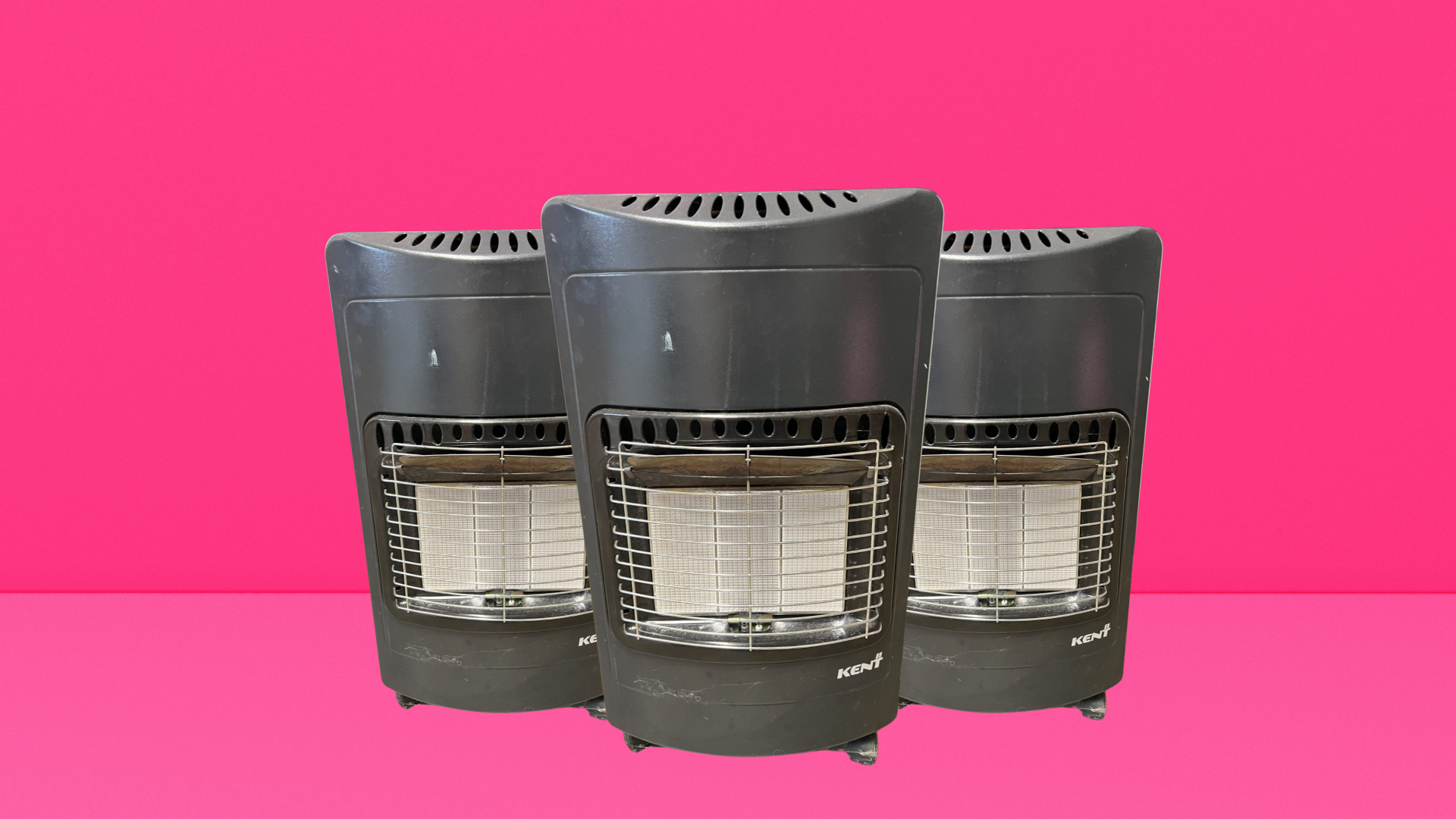News Next article
Gas heater safety check: Using unflued gas heaters safely
Find out what unflued gas heaters are and how you can do a gas heater safety check.
By Trust and Safety 13 October 2023Gas can help to heat large spaces, but it's important to know about gas heater safety.
Unflued, flued – what's the difference?
Gas heaters work by burning fuel – LPG (gas bottles) or natural gas (piped gas). Burning fuel makes fire, fire makes heat, room is warm – awesome!
In principle, these two types of gas heaters work the same. It's what they do with the gas after it's burned that sets them apart.
Flued gas heaters use a chimney or exhaust pipe to send the exhaust gases outside – away from your living space.
Unflued gas heaters don't do this. Unless the space is well-ventilated, the exhaust gases stay inside.
How to use unflued gas heaters safely
Gas heater safety checklist:
Source: Te Whatu Ora
If you smell fumes, immediately turn off the heater and the cylinder.
Check out Worksafe's guide to gas heating to learn more.
Why it's important to use unflued gas heaters correctly
Burning LPG produces harmful nitrogen dioxide, sulphur dioxide and carbon monoxide gases.
If one of these heaters is used in a space without enough ventilation, the gases won't have a way to escape.
Without enough ventilation:
- The gases can pose health risks. Learn more on the Te Whatu Ora website.
- Burning gas creates moisture. Damp homes are harder to heat efficiently, so it's important to have good ventilation so the moisture can escape.
If you're able to, consider replacing it with an efficient electric heater or heat pump. Most electric heaters are cheaper to run and will save you money in the long run!
Check out the Warmer Kiwi Homes programme to see if you're eligible for a government subsidy.
Find out about the safety requirements when selling gas appliances.
Learn moreAuthor

